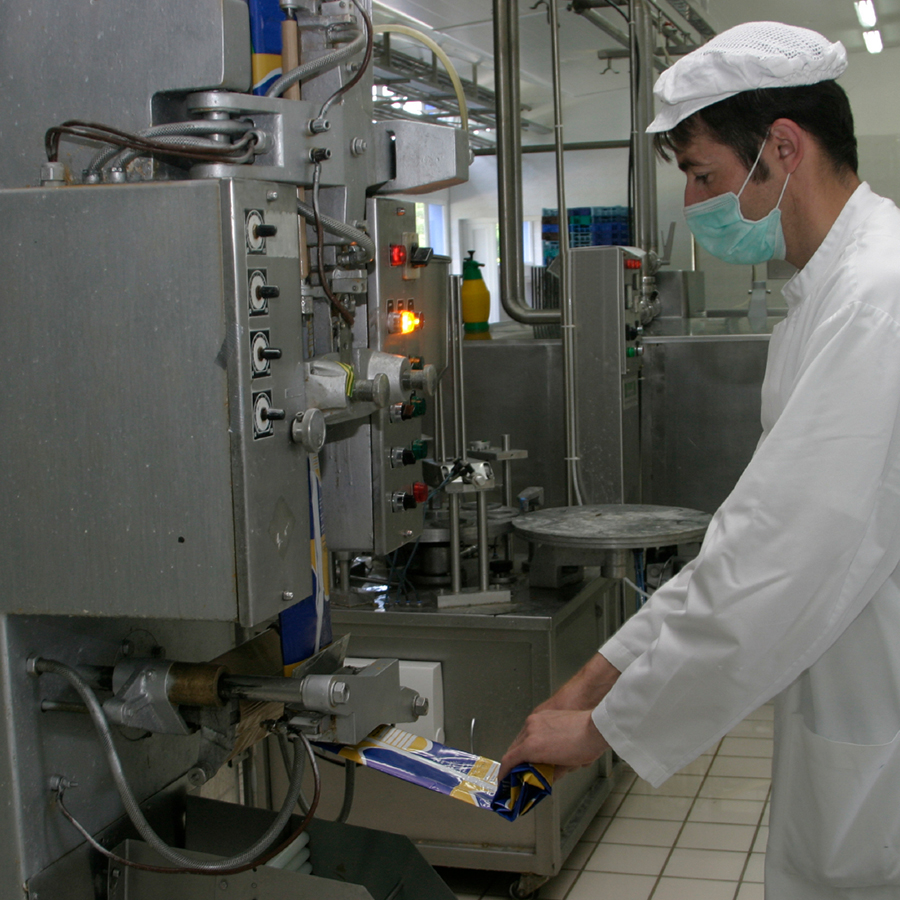If you lead a portfolio company, you may be wondering how your operating partner’s value creation targets and/or timeframe are going to change in the aftermath of the pandemic.
If the answer ends up being ‘not much’ or ‘not at all,’ despite the fact that market conditions and your ability to operate may have shifted dramatically, then it’s time to rethink how you will achieve your targets given the new normal you are operating under today.
3 Steps to Recalibrating Your Value Creation Plan
Pre COVID-19, you may have been charged with creating value through some combination of growth (organic, inorganic, or both) and operational improvements, such as improving cost structures or the supplier network. Given the fallout from the virus, those pathways to value may no longer be viable. But that doesn’t mean that value doesn’t exist at all or that your company cannot perform as well as or even better than originally anticipated. The keys are flexibility and speed when it comes to reassessing where the value now lies and making the required changes to plans in order to capitalize on current opportunities.
Private equity backed portfolio companies can follow a three-step process to reassess, adjust, and risk-proof their post-COVID value creation plans:
- Determine where the value lies now. The pandemic may have dramatically altered demand for your products and services. It may have affected your competition, your ability to access supplies, or even your ability to keep lines up and running given potential staffing shortages. It’s important to consider your new normal and clarify where the value sits now (keeping in mind that it could be less or more than it was four months ago) and what the best opportunities are for value creation going forward.
As an example, TBM is currently working with a portfolio company that provides products and components to the recreational vehicle industry. While RV sales have been strong as economies have reopened, the industry is still off from where it was a year ago and manufacturing activity was shuttered for months during the pandemic, taking a toll on performance. Despite this lost time, the company’s PE partner is not adjusting its exit date. With TBM’s help, the company’s leaders have identified $10 million in new, realizable bottom and top line growth opportunities over the next 12 months, including designing waste out of the product, making changes to the supply base, and improving production processes. The company is positioned to meet its partners’ objectives, mitigate the impact of any future downturn in demand, and ensure the best possible performance in any economic circumstances. - Adjust the value creation levers accordingly. Whatever your new normal looks like, the levers you are pulling, and the degree to which you are relying on each, may be different than they were before. One TBM client, a plastic bottle manufacturing company, has seen its automotive-related business go down while demand for water bottles and cleaning product bottles has soared. The company is facing new variability in production, which has exacerbated many of the recruiting and staffing challenges it faced even before the pandemic started. TBM is helping the organization identify opportunities for cost take out to drive bottom line value, especially in areas where demand is weak and may be for some time. And, we’re conducting a thorough human capital assessment to help the business find ways to attract and retain workers needed to achieve production goals for high demand products and fill difficult roles like maintenance technicians.
- Conduct a risk review and risk mitigation planning. As part of any revised go-forward value creation plan, it will be important to carefully consider all the areas where risk is inherent and how you can reduce any risks that stand in the way of your targets including human capital and supply chain risks. TBM recently helped a consumer products company prepare for a spike in demand by conducting a supply network risk assessment to validate if the manufacturer’s Asia-based suppliers could keep pace at the right quality and lead times. Ultimately, TBM recommended that the portfolio company develop an internal assembly location in the U.S. in order to reduce risk with the single supplier, add redundancy to its supply chain, and create more reliable operational capability going forward.
Don’t stop pursuing the value your partners demand.
While value creation is certainly going to look different in today’s world, it’s entirely possible to meet or even exceed your PE partners’ pre-COVID targets and timeframes. TBM worked with private equity-owned businesses that did so during the last global recession, and we are confident that companies can achieve the same success today. But speed—both in resizing the opportunity and in implementing any needed alterations to the value creation plan—will be paramount. With a healthy dose of urgency, flexibility, and agility, there is every expectation that portfolio companies can continue to thrive in a COVID-19 world.





